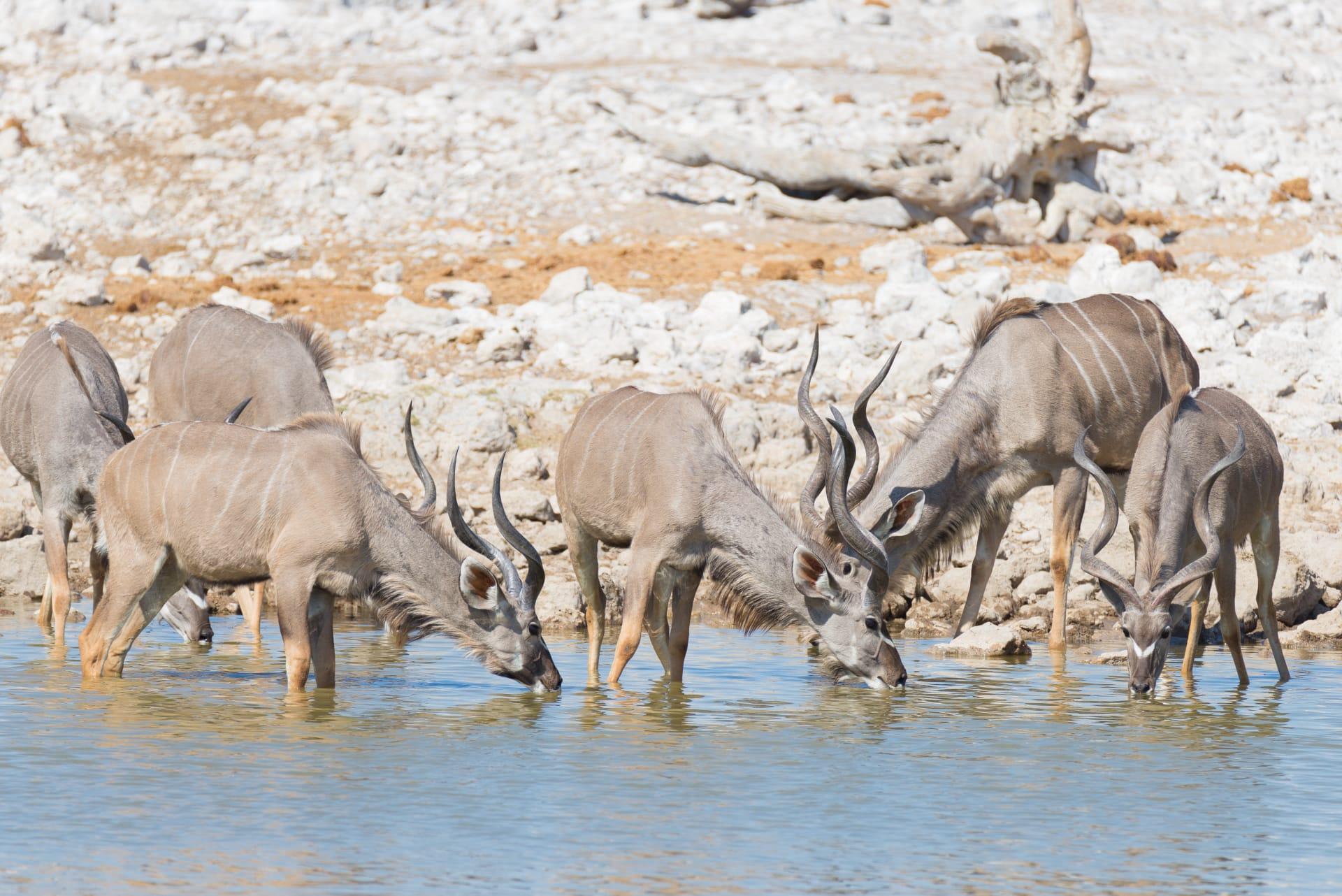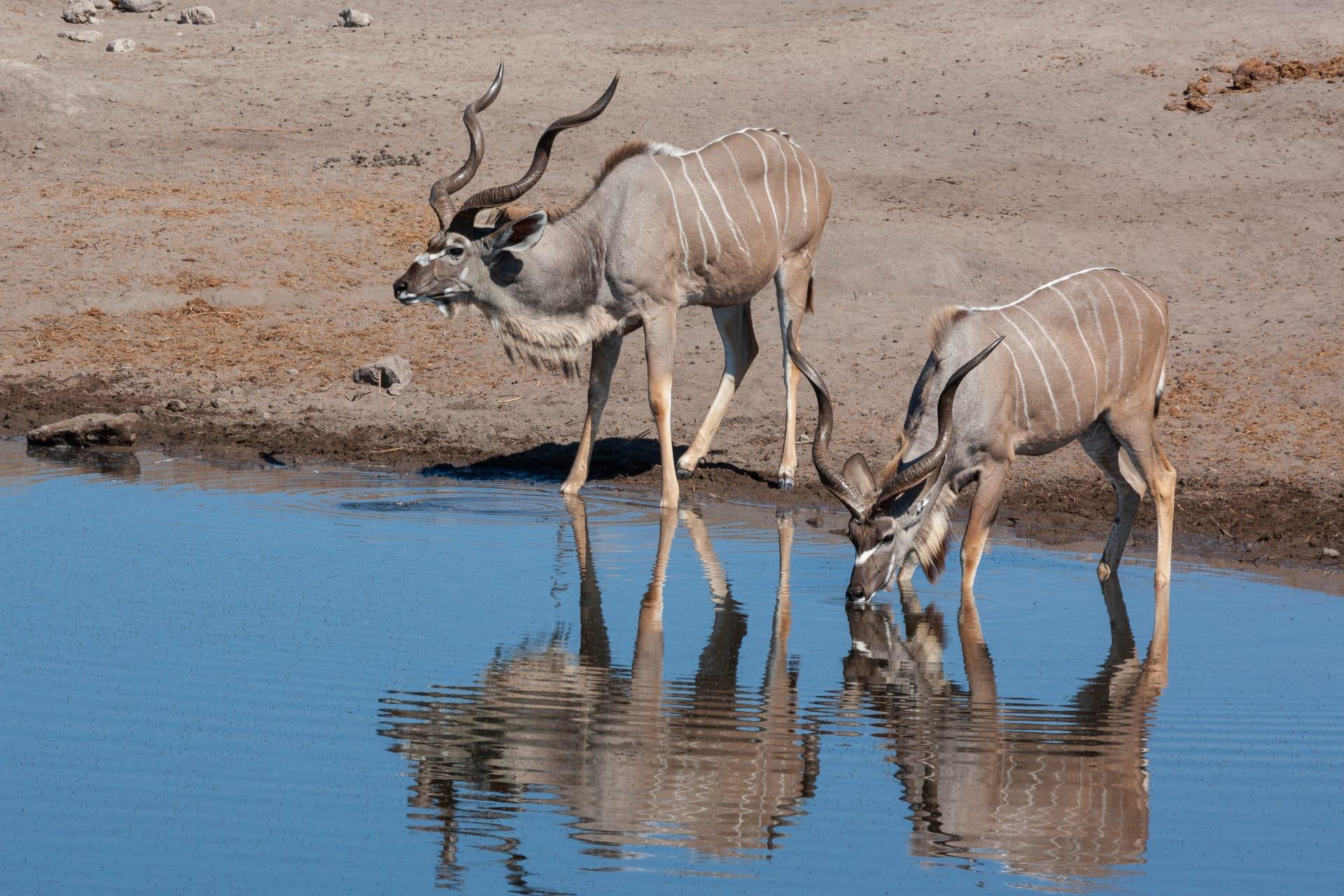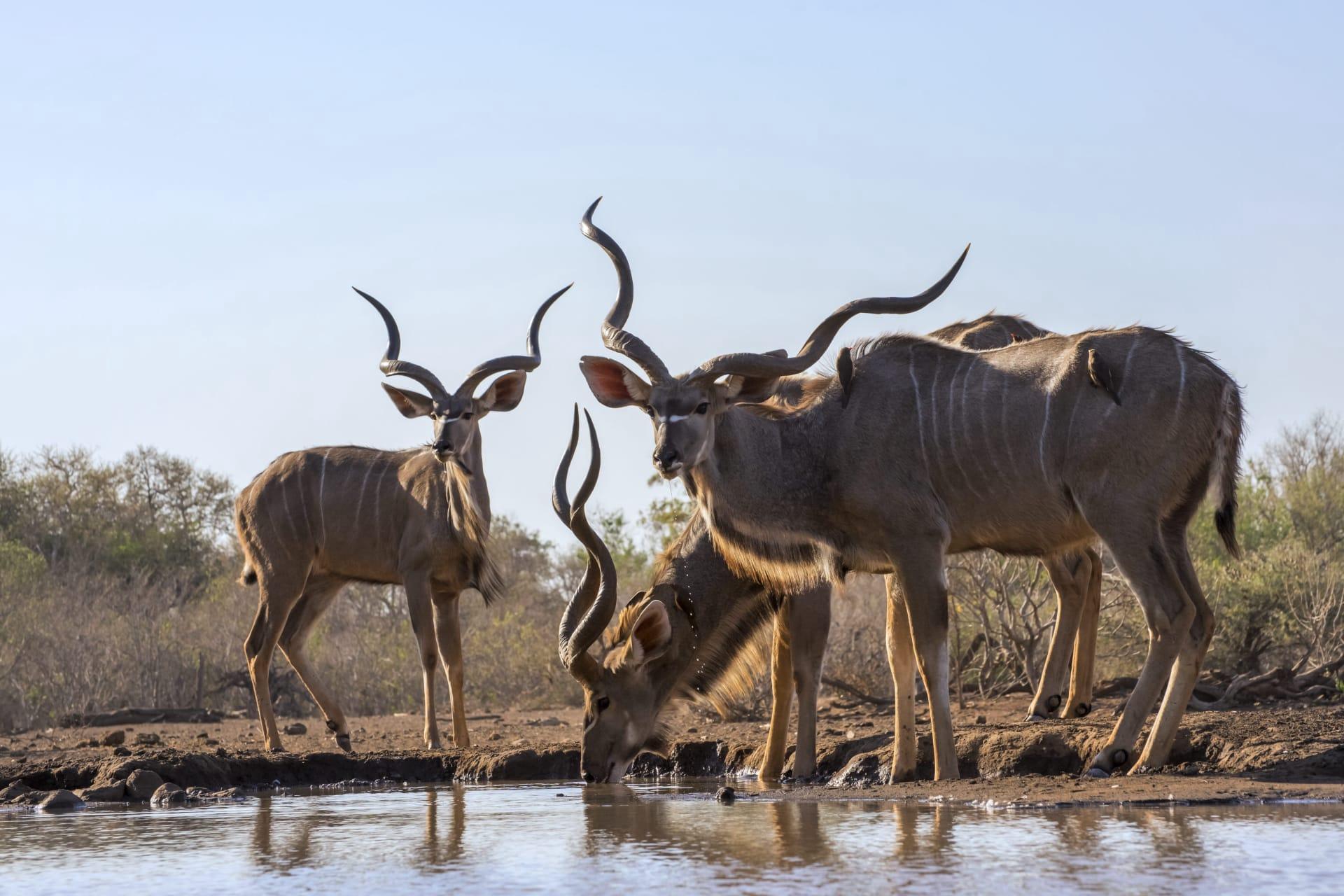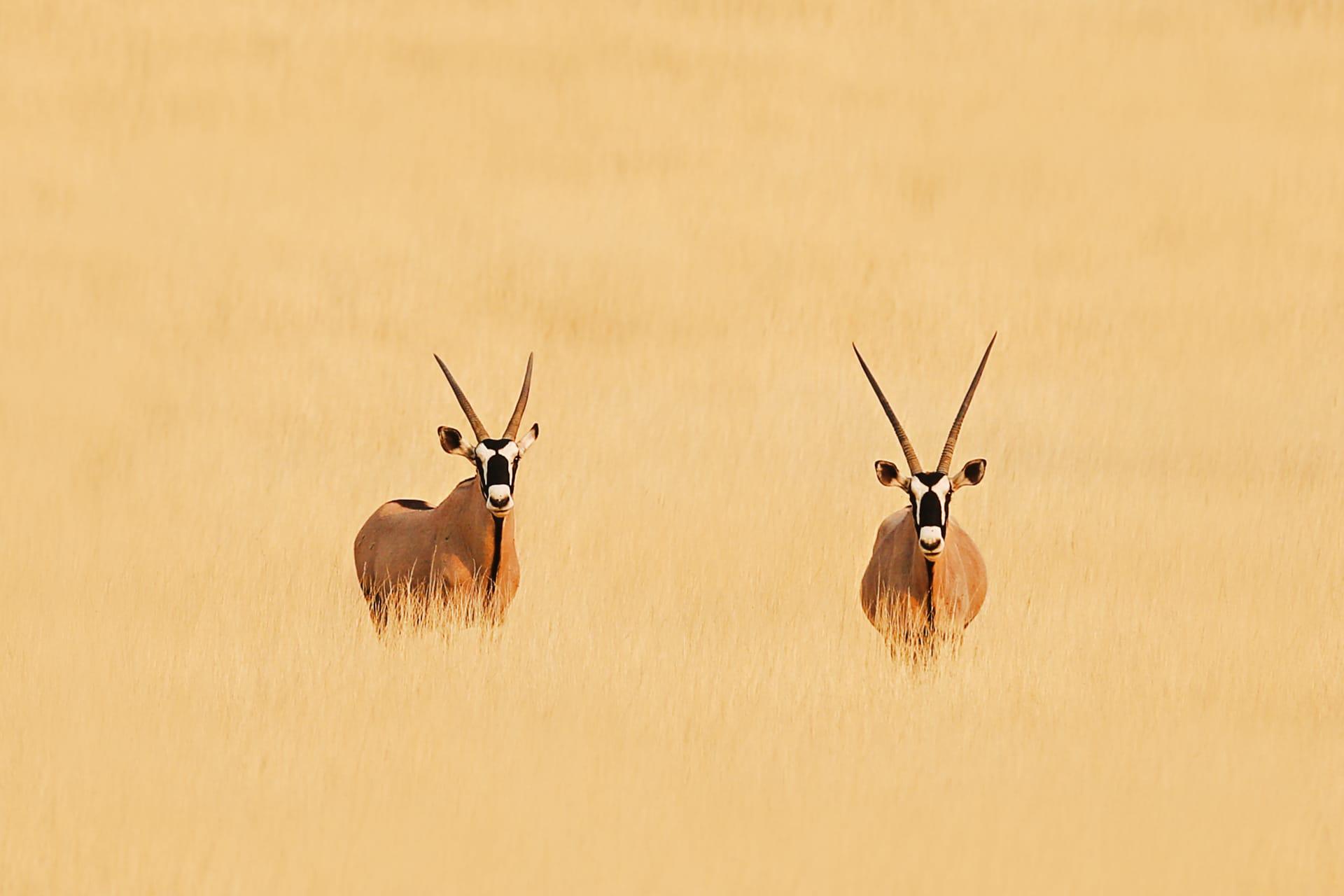Antelope Trivia
- Home /
- Trivia Question /
- Animal /
- Antelope Trivia
1
Question: What is the fastest speed an antelope can run, and how does it compare to other fast animals?
Answer: The top speed of an antelope varies by species, but the pronghorn antelope holds the record, reaching speeds up to 55 miles per hour (88.5 km/h). This makes it the second-fastest land animal, trailing only behind the cheetah, which can sprint up to 75 miles per hour (120.7 km/h). The pronghorn's speed is an evolutionary trait for evading predators on the open plains.
Question: How do antelopes communicate with each other in the wild?
Answer: Antelopes use a combination of vocalizations, scent markings, and visual displays to communicate. For example, the Sable antelope emits snorts and bellows as alarm calls. They also have scent glands on their faces and feet, leaving behind chemical messages for others. Visual signals include postures and movements, like the ritualized fighting displays in males during mating season.

2
Question: Is it true that all antelopes are part of the deer family?
Answer: This is a common misconception. Despite their similar appearance, antelopes belong to the Bovidae family, which also includes cows, goats, and sheep. In contrast, deer are members of the Cervidae family. The key difference lies in their horns: antelopes have permanent, unbranched horns covered in a keratin sheath, while deer have branched antlers they shed annually.
Question: Can antelopes be found on every continent?
Answer: No, antelopes are primarily native to Africa, with a few species in Asia. They are not found naturally in Europe, the Americas, Australia, or Antarctica. The diverse African landscapes, from savannas to forests, have fostered the evolution of numerous antelope species, each adapted to different environmental conditions.

3
Question: What is the largest species of antelope, and how big can it get?
Answer: The Eland, specifically the Giant Eland, is the largest antelope species. Males can stand up to 6 feet (1.8 meters) at the shoulder and weigh up to 2,200 pounds (1,000 kilograms). These massive animals are also known for their impressive spiral horns, which can grow up to 4 feet (1.2 meters) in length.
Question: How do antelopes contribute to their ecosystem?
Answer: Antelopes play a crucial role in their ecosystems. They are primary consumers, grazing on grasses and helping to maintain healthy grassland habitats. Their grazing patterns can influence plant growth and diversity. Moreover, they are a key food source for predators like lions and cheetahs, thus maintaining the balance in the food chain.

4
Question: Do antelopes migrate, and if so, what is one of the most notable migrations?
Answer: Yes, some antelope species undertake significant migrations. The most notable is the wildebeest, a member of the antelope family, which partakes in the Great Migration across the Serengeti in Africa. This annual journey involves over 1.5 million wildebeest, along with hundreds of thousands of zebras and gazelles, traveling up to 1,000 miles (1,600 kilometers) in search of fresh grazing grounds.
Question: What unique adaptations do antelopes have for survival?
Answer: Antelopes have several adaptations for survival. Their slender, powerful legs allow for quick and agile movements, essential for escaping predators. Many species have keen senses, particularly sight and hearing, to detect threats. Additionally, their coat patterns often provide camouflage in their natural habitats, aiding in both predator avoidance and stealthy movements while grazing.

5
Question: How long do antelopes typically live in the wild?
Answer: The lifespan of antelopes varies by species, but on average, they live between 10 to 15 years in the wild. Factors like predation, habitat, and food availability significantly affect their longevity. In protected environments like zoos, some antelopes can live up to 20 years due to better healthcare and absence of predators.
Question: What is the gestation period for antelopes, and how many offspring do they typically have?
Answer: The gestation period for antelopes also varies by species, ranging from 4.5 to 9 months. Most antelope species give birth to one calf at a time. For example, the impala has a gestation period of about 6.5 months, usually resulting in a single calf. Twins are rare in antelopes, making each birth a vital event for the continuation of the species.